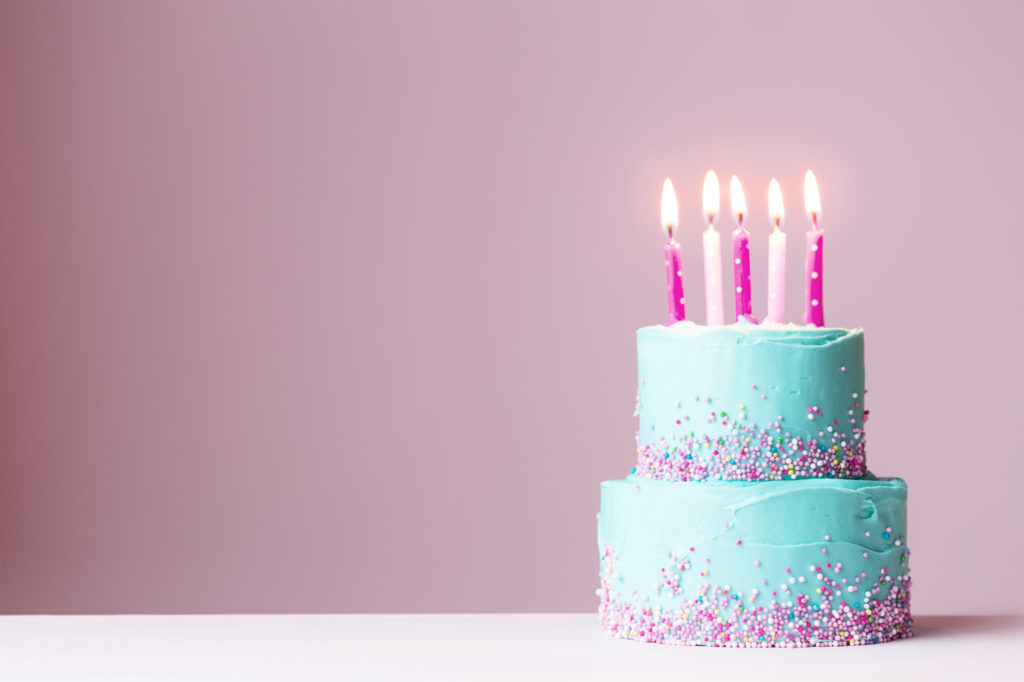
Believe it or not, birthday cakes have been around since the ancient Egyptians!
There’s a reason that cakes have remained a staple at a number of different occasions and events celebrating loved ones.
The moment when the cake comes out is always a memorable one. Everyone’s attention turns to stare in awe at this magnificent dessert! If you’re baking your own custom cake, you want it to be special.
No matter what the occasion, there’s a lot of pressure to bake the perfect cake. Not just in taste and texture, but also in appearance. It’s not easy!
If you really want to take your cake to the next level, then you to need to get serious with your baking strategy. Learn how to bake the ultimate custom cake at home with these important tricks.
Accuracy is Key
It may seem obvious, but one of the key parts of baking the perfect cake is to follow the instructions down to the second. For example, you may need to whip the batter for a full two minutes in order to make it light and fluffy.
Don’t cut corners or add substitutions!
Even the most seemingly insignificant changes can affect the consistency of your batter. So make sure you read the directions carefully, and then complete them accurately step by step.
Also, you don’t want to grease your pan. This actually keeps the cake from rising because it creates a slippery surface that the cake can’t grip onto. Too much grease can also cause the side of the cake to fry.
Instead, you should line the bottom of the pan with wax paper. If the recipe calls for buttering and flouring you should coat the sides of the pan with butter. Then put a dusting of flour over it. Tap on the sides to remove excess flour.
For chocolate cakes, switch out the flour for cocoa powder.
Batter Up
There is actually a lot of science that goes behind baking a cake and each individual ingredient. When they come together using precise ingredients and temperatures, it creates the perfect cake!
One aspect of getting your cake to rise is how you mix it. In traditional flour cakes, the gluten in the flour is what causes the cake to rise. In gluten-free or flourless cakes, there are other ingredients, such as the protein, that encourages the batter to rise.
As mentioned above, it’s so important to follow the recipe because if you mix your batter too much, then it could make the cake denser. This ruins the texture and shape of your cake.
Some recipes will say to mix until ingredients are combined. This is so that you don’t over-mix the batter.
The same goes for eggs. Some ingredients may call for eggs to be whipped longer. This adds more air to the batter. While other recipes will require you to use either just the egg yolks, egg whites, or both. Each part of the recipe serves a purpose in the overall texture and flavor of the batter.
Eggs are an important part of the structure of your batter. The yolks and whites play two very different, yet important roles. The yolks are the fat of the cake and give the batter its texture and fluffiness.
Meanwhile, the egg whites are actually a drying and leavening agent, which helps the cake rise. The number of eggs and time whipped will have varying effects on the texture of your cake.
Either way, pay special attention to this important ingredient when creating your cake batter.
Check Your Temp
Before you try anything, you’re going to need to purchase a thermometer. The perfect cake doesn’t just rise on its own. It takes a specific combination of ingredients and temperature.
To start with, make sure you preheat your oven. It’s important that your cake goes into the oven at the perfect temperature. This will directly affect how well it rises.
Also, most ovens don’t have an accurate thermostat. Some run hotter than others, even if you’ve set it to the same temperature. There are even some hot spots in an oven that can create uneven baking results.
The only way to really know the temperature of your oven is to use a separate thermometer. You can also find the hot spots in your oven by laying out a tray of breadcrumbs and baking them for a few minutes. This will tell you which area of the pan heats up faster.
With the accurate temperature and the hot spots determined, you’ll know the exact place to put your cake for baking.
Temperature is not just important for your oven. Make sure that your ingredients are the correct temperature as well. For example, some recipes will require you to use fat and eggs at room temperature. If you take them right from the fridge and put them into your cake, it could curdle your cake mixture.
Bake it Just Right
There are a few reasons that your cake might not rise after you’ve put it in the oven. One reason is that your batter is setting too quickly. If the batter on the outer edges sets before the rest of the cake, then it won’t rise.
Some ways to counteract this is to lower the oven temperature by 15 to 20 degrees. Then bake it for longer. This will help slow down the setting process so the whole cake rises together.
Another option is to use insulated baking strips or line the pan with paper. These will help to keep the sides of the cake from burning. It will also make your cake more level. So you don’t end up with a high dome in the center.
Is Your Custom Cake Recipe Good?
Still not getting the results you want?
Even if you follow your custom cake recipe down to the letter, if it’s not a great recipe then your cake is probably not going to meet your expectations. Consider trying a different recipe.
You can find reviews for recipes online as well as other tips from fellow bakers who worked out the kinks in the comments.
Bake Like a Pro
Baking is more than just a hobby, it’s a science! If you don’t get everything just right, your cake won’t cut it. It can be frustrating if you’ve tried everything only to pull out a less than impressive cake from your oven.
If you want to learn how to bake like a pro then baking lessons might be for you. Contact us to learn all about our baking school opportunities. You’ll be impressing your friends and family in no time!

